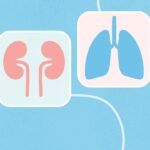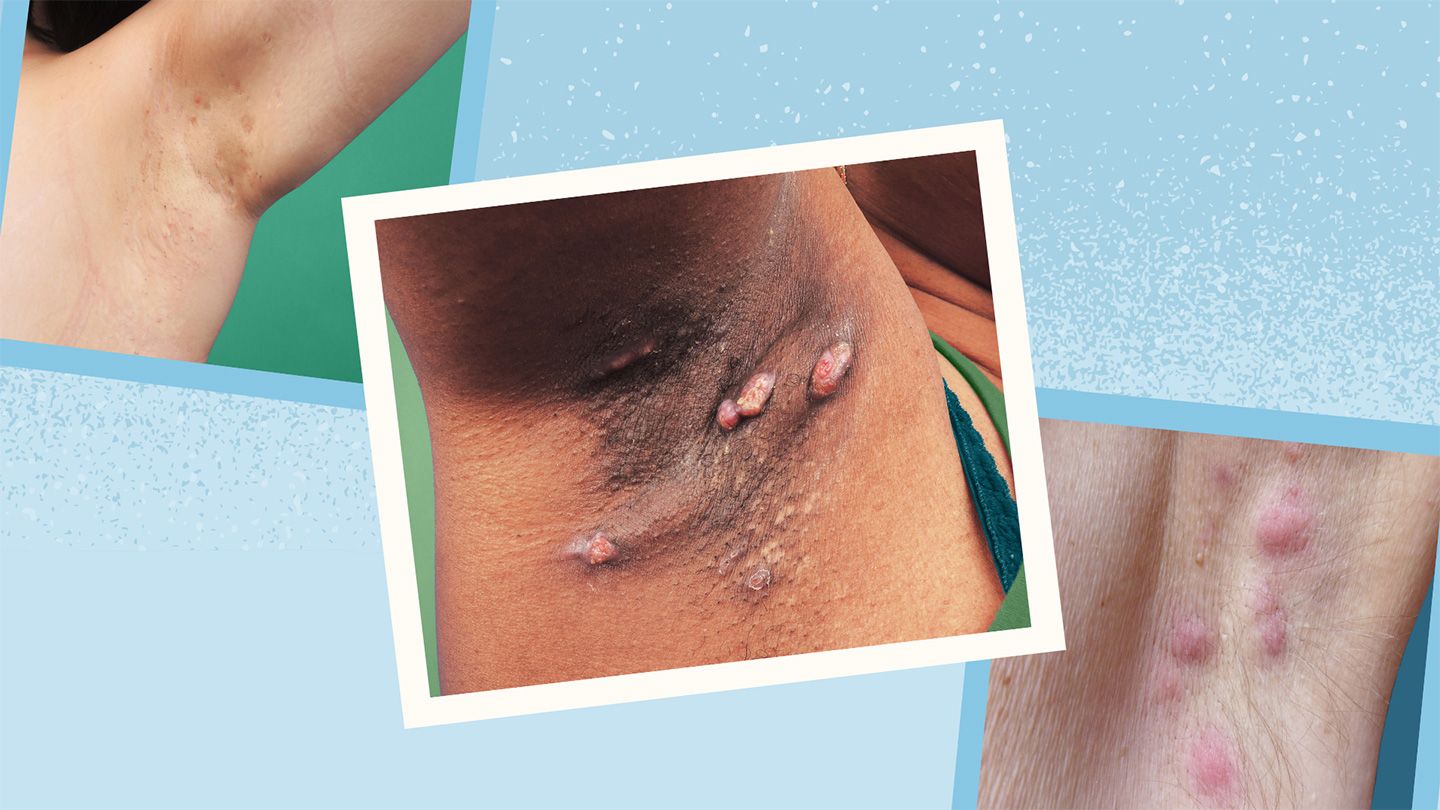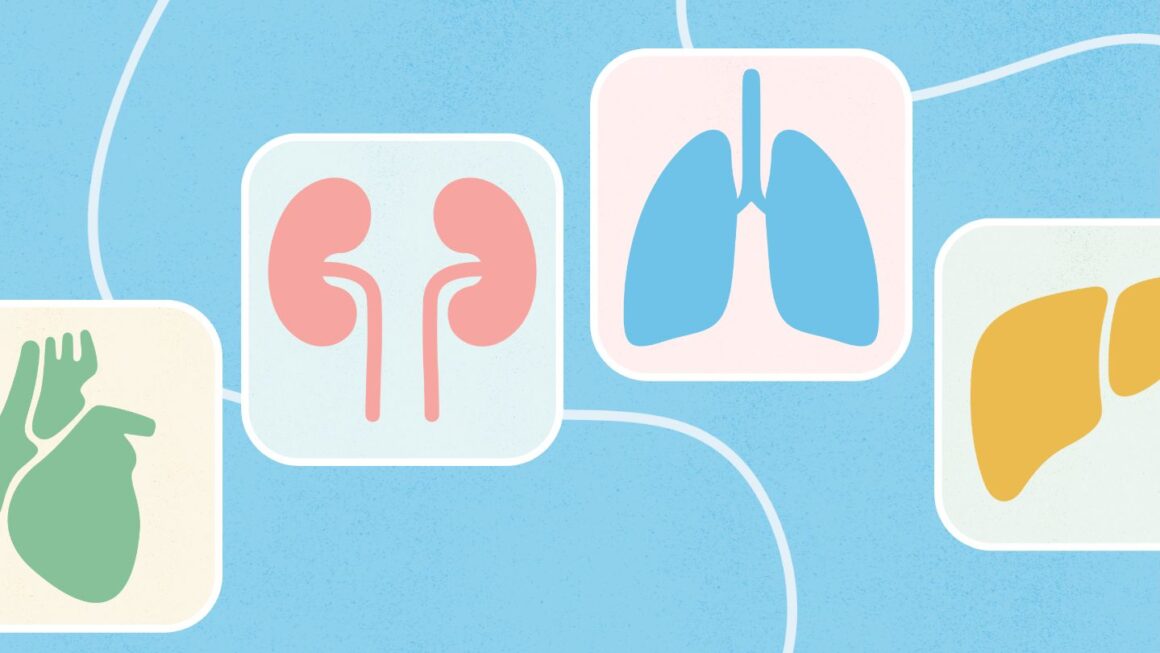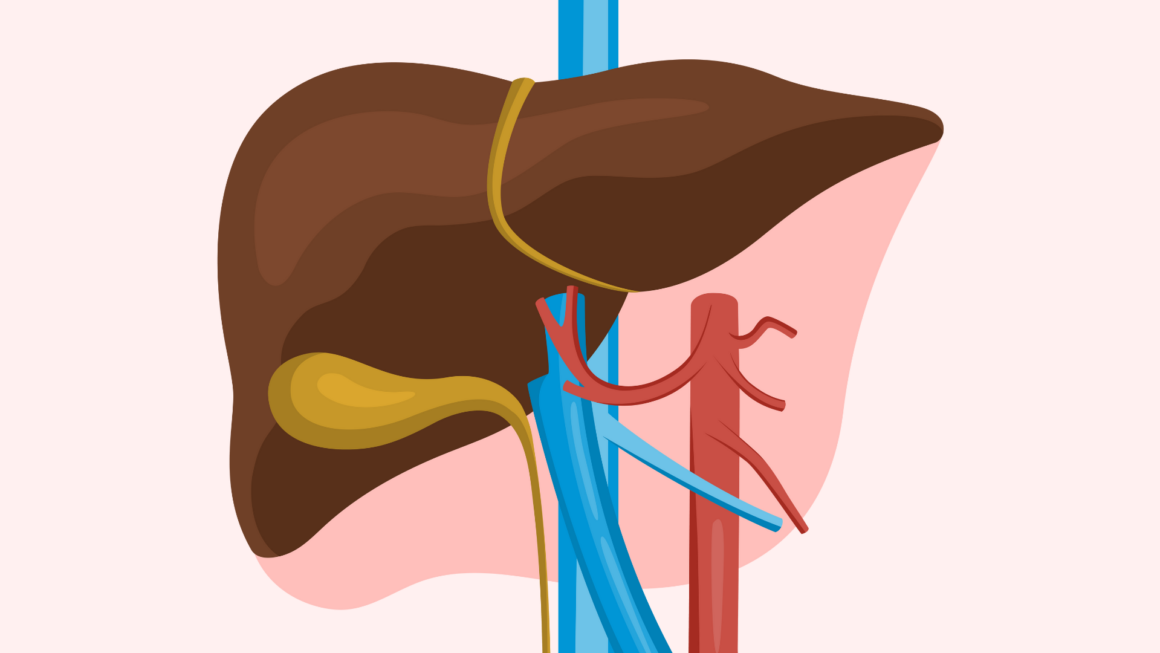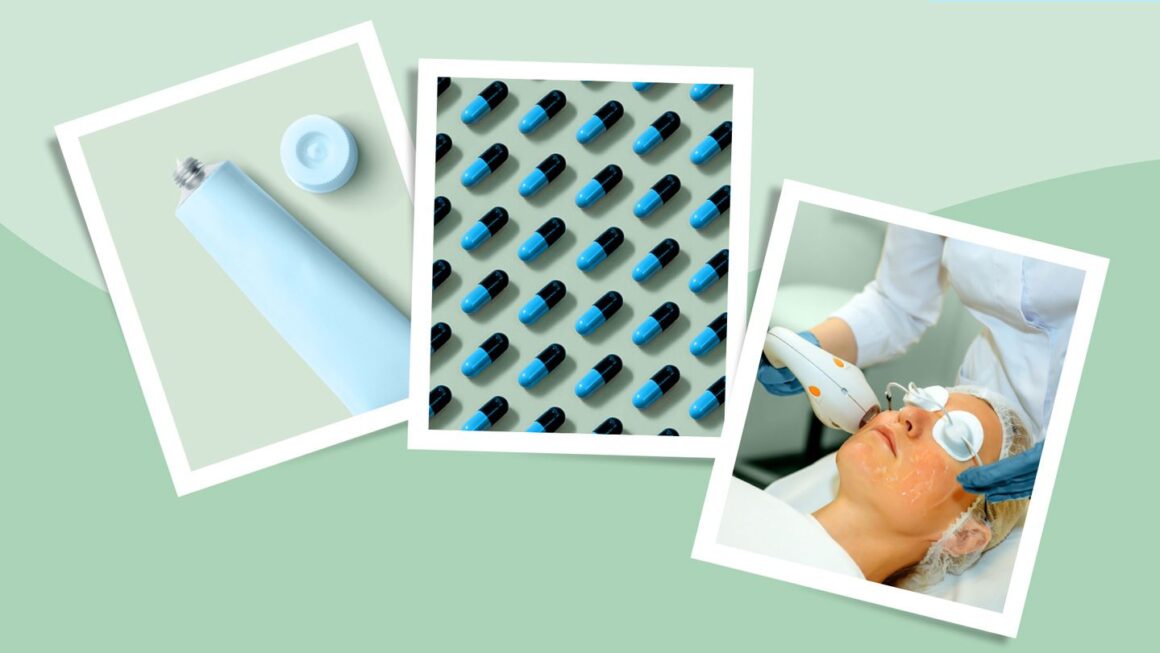For people who develop HS, also known as acne inversa, the appearance of boil-like lesions can be confusing. When Francisco Kerdel, MD, founder of Florida Academic Dermatology Center in Coral Gables, sees new patients with HS, “the most common history that we get is that they get recurrent boils and they have to go to the emergency room for them to be drained,” he says.
Here’s what everyone with hidradenitis suppurativa should know about managing and treating the chronic skin disease:
1. Hidradenitis Suppurativa Targets Hair Follicles
The disease commonly flares up in the armpits, groin, buttocks, and in women, underneath the breasts, says Dr. Kerdel. Hair follicles in those areas become blocked, triggering an inflammatory process that can affect apocrine glands, special sweat glands that happen to be prevalent in areas of the body most affected by HS. “There may also be a secondary effect from bacterial overgrowth and the damage that occurs in the site then damages the apocrine glands,” says Kerdel.
2. Misdiagnosis Is Common
3. The Exact Cause Is Unclear
There may be more to it, however — the disease is probably linked to a combination of genetic, environmental, and hormonal factors. “A lot of the time we cannot pinpoint a specific cause in one individual,” says Frew. “There are multiple associations with HS including cigarette smoking, obesity, family history, inflammatory bowel disease, and hormonal changes (pregnancy, polycystic ovarian syndrome), but there is no single cause that is common to all people with [the condition].” It is known that HS isn’t contagious and is not caused by poor hygiene.
4. The Severity Can Vary
- Stage 1 In mild HS, there’s one or a few lumps in one area of the skin. You might feel itching or discomfort in affected areas, but there’s little or no scarring or tunneling.
- Stage 2 In moderate HS, lumps get bigger and may appear in more than one area of the body. Abscesses form and recur, sometimes forming tracts or scars.
- Stage 3 In severe HS, you may experience widespread lumps and scarring. The affected areas can contain multiple tracts and abscesses.
Receiving an accurate diagnosis and starting treatment early can help delay progression to the next stage.
5. Treatments Are Available
Until then, the best approach is to work closely with your dermatologist. “No single treatment is successful for everyone with HS — and the best treatment is often a combination of medical and surgical therapy combined with lifestyle modifications,” says Frew. “Individuals should speak with their dermatologist about what treatment works best for them.”
6. Lifestyle Changes Can Help
You might start by scheduling a hair removal appointment. “Recognizing that the hair follicle is the primary target of the disease, sometimes we recommend people have a laser hair removal in the areas that are prone to being affected,” says Kerdel. “By removing the hair follicles, you might prevent HS from arising in those areas.”
Also important: addressing underlying health problems, especially obesity or a smoking habit if you have one. “Smoking and obesity are very closely linked to the disease, so we do recommend weight loss, and we recommend people stop smoking if they’re smoking,” says Kerdel.
Other strategies to help reduce your risk of skin irritation and HS flares: Avoid shaving affected areas, wear loose-fitting clothing, take steps to reduce sweating, and follow a daily skin-care routine.
7. Other Conditions May Be Linked
The Takeaway
- Hidradenitis suppurativa starts as clogged hair follicles and progresses to painful, fluid-filled lumps, often with infections and scarring.
- Doctors think a combination of genetics and environmental factors may cause it, and both smoking and being overweight increase your risk.
- It can be hard to get a correct diagnosis, but it’s crucial to getting proper treatment.
- There are many treatment options, including two biologic drugs specifically approved for HS: adalimumab and secukinumab.






